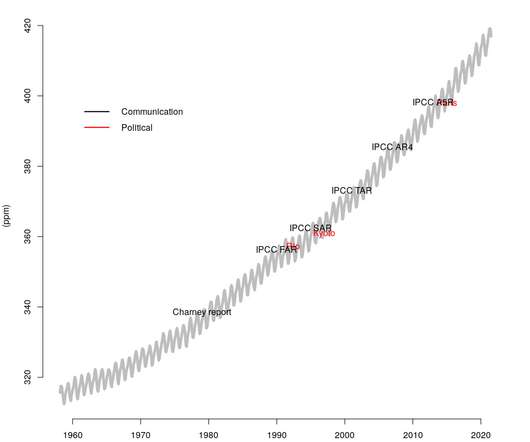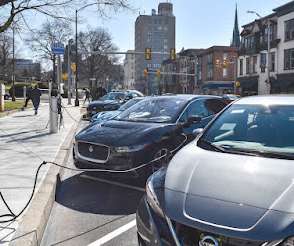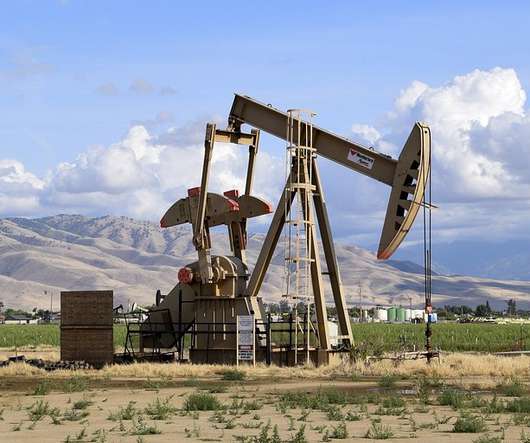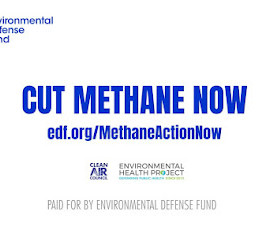The Origins of Climate Awareness in the Legal Academy
Legal Planet
SEPTEMBER 30, 2021
Today, climate change is the central, though by no means the only, concern in environmental law. I found only one relevant reference using the term “climate change” before 1985. In one sentence of a 1975 article, John Barton referred to “climate change” as a potentially severe long-term problem.



























Let's personalize your content